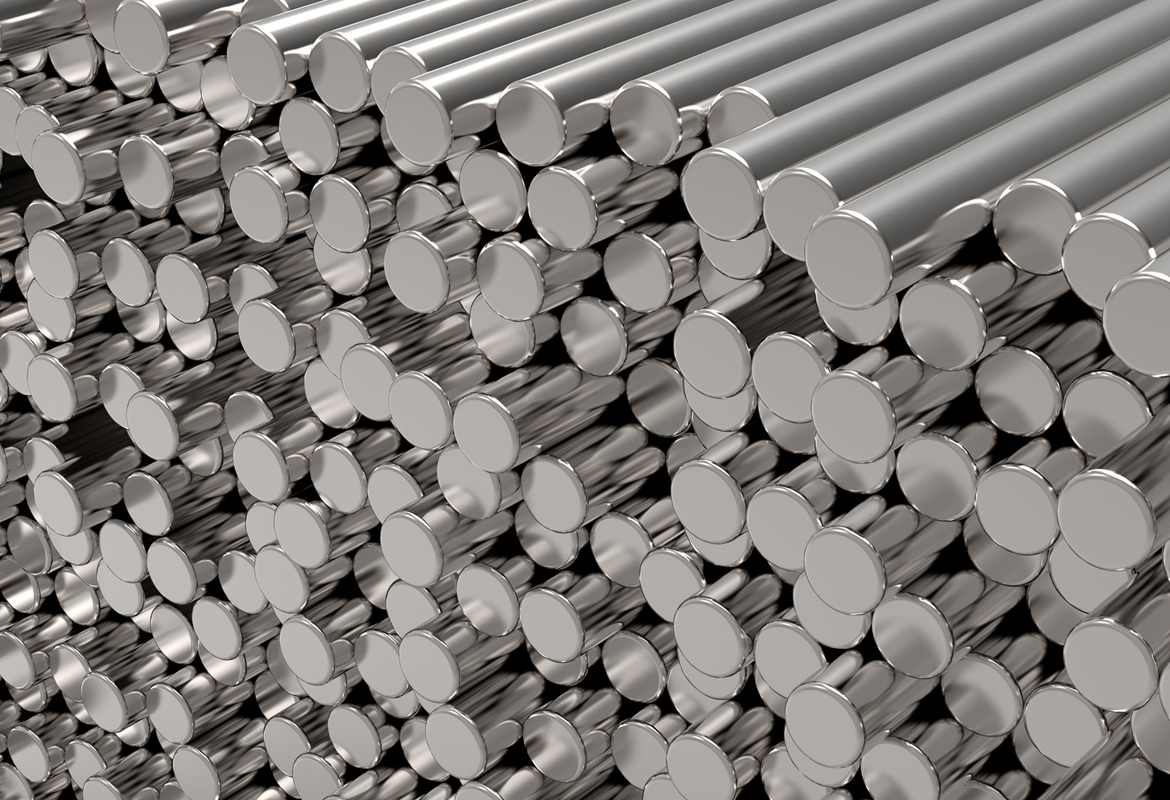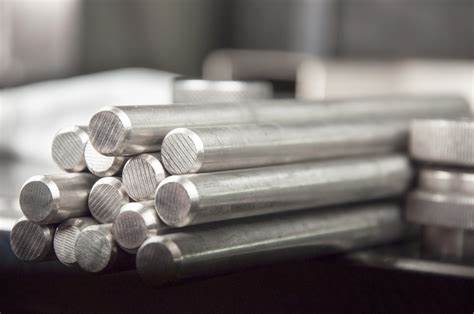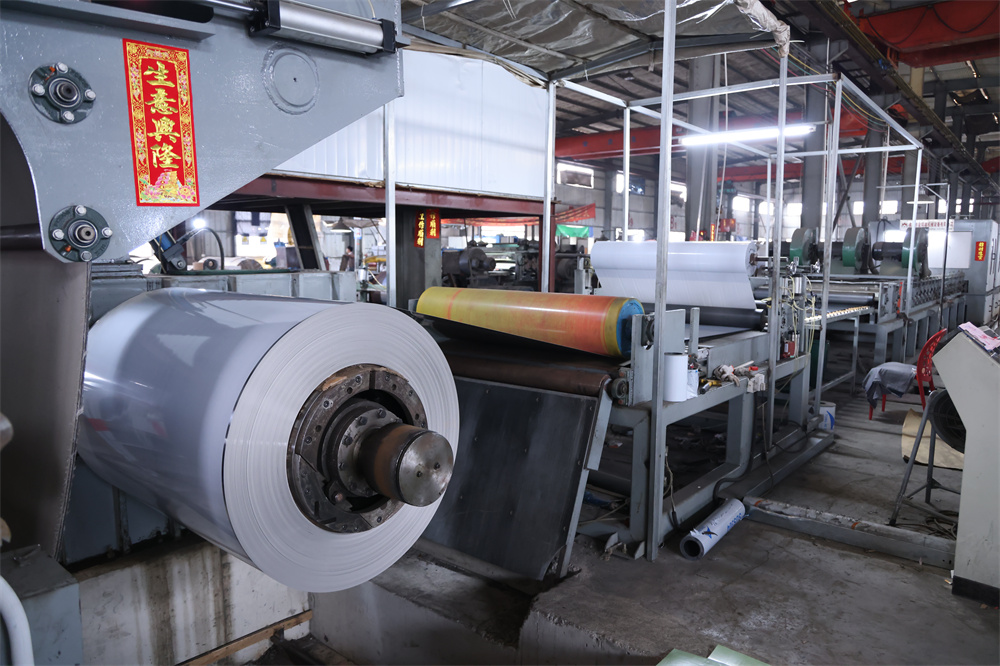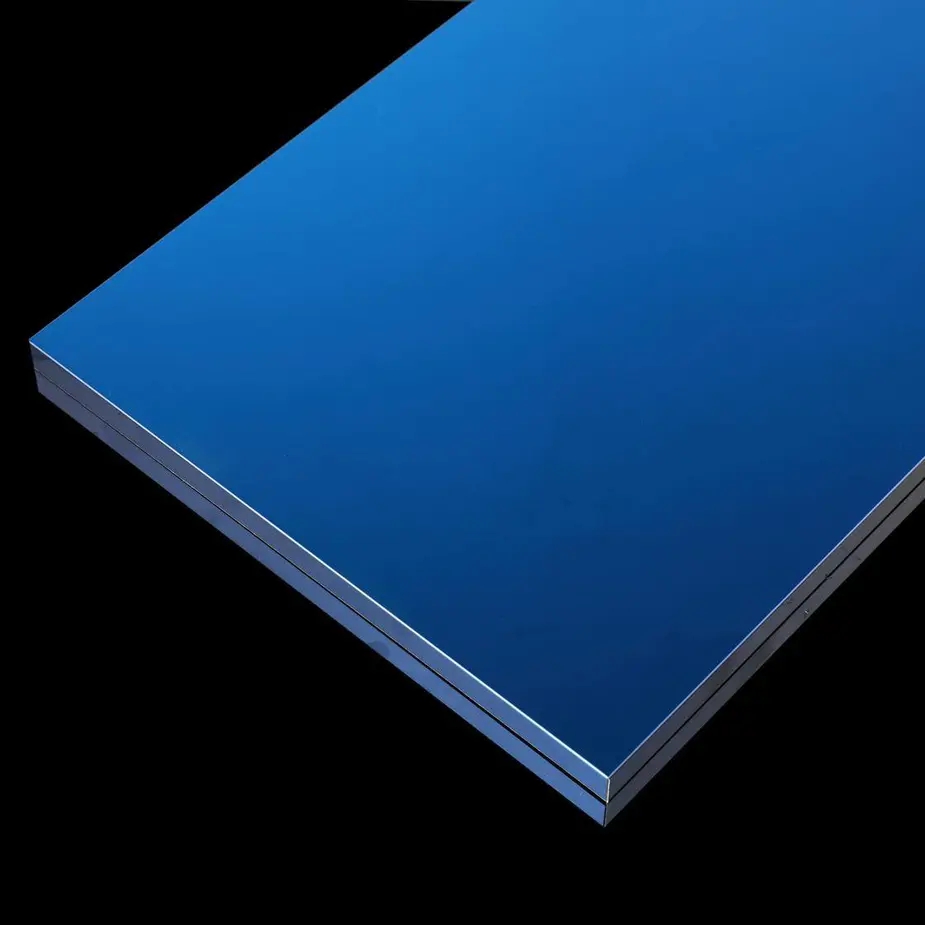Ever tried to stick a magnet to your sleek stainless steel fridge, only to watch it slide right off? You're not alone. The question of whether magnets stick to stainless steel is common, and the answer depends on the type of stainless steel. Some stainless steels are magnetic, while others are not. Understanding these differences is crucial for industries ranging from kitchen appliances to medical devices.
Explanation of Stainless Steel Types
Austenitic Stainless Steels (Non-Magnetic)
Austenitic stainless steels, such as the popular 304 and 316 grades, are generally non-magnetic in their annealed state. This non-magnetic property stems from their high austenite content, a non-magnetic form of iron. The austenitic crystal structure, which is face-centered cubic (FCC), contributes to their non-magnetic nature.

Key characteristics of austenitic stainless steels include:
- Excellent corrosion resistance
- High ductility and formability
- Good weldability
- Non-magnetic properties (in annealed state)
Common Austenitic Grades and Applications:
304 Stainless Steel: Most widely used grade; applications include kitchen sinks, cookware, food processing equipment.
316 Stainless Steel: Higher corrosion resistance than 304 due to added molybdenum; applications include marine environments, chemical processing, medical implants.
Ferritic and Martensitic Stainless Steels (Magnetic)
Ferritic and martensitic stainless steels exhibit magnetic properties due to their crystalline structure. These steels have a body-centered cubic (BCC) crystal structure, which allows them to be ferromagnetic.

Ferritic Stainless Steels
Magnetic
Contain higher levels of chromium
Offer good corrosion resistance and excellent resistance to stress corrosion cracking
Lower cost due to absence of nickel
Common Ferritic Grade: 430 stainless steel; applications include automotive trim, kitchen appliances, architectural panels.
Martensitic Stainless Steels:
Also magnetic
Can be hardened through heat treatment
Provide high strength and hardness, good wear resistance, and moderate corrosion resistance
Common Martensitic Grades:
410 Stainless Steel: Applications include turbine blades, pump shafts, valve components.
420 Stainless Steel: Higher carbon content than 410, offering increased hardness; applications include surgical instruments, knife blades, dental tools.
Duplex Stainless Steels (Partially Magnetic)
Duplex stainless steels deserve mention as they combine properties of both austenitic and ferritic steels. These alloys have a mixed microstructure of austenite and ferrite, resulting in:
- Higher strength than austenitic grades
- Good corrosion resistance
- Partial magnetic properties
Common duplex grade:
- 2205 stainless steel:
- Applications: chemical processing equipment, offshore oil and gas industry
Understanding the magnetic properties of different stainless steel types is essential for engineers and designers when selecting materials for specific applications. Whether you need a non-magnetic material for sensitive electronic equipment or a magnetic grade for certain industrial processes, choosing the right stainless steel can significantly impact the performance and longevity of your product.
How to Test Stainless Steel Magnetism
Testing the magnetic properties of stainless steel is a simple yet effective way to gain insights into its composition and potential applications. While the magnet test is not a definitive method for identifying stainless steel grades, it can provide valuable clues about the material's structure and characteristics.
The Magnet Test: A Quick and Easy Method
To perform a basic magnetic test on stainless steel, follow these steps:
-
Prepare the surface: Clean the stainless steel object thoroughly to remove any dirt, debris, or contaminants that could interfere with the test.
-
Choose a suitable magnet: Select a strong permanent magnet, such as a neodymium magnet or a robust refrigerator magnet. Avoid weak magnets, as they may not provide accurate results.
-
Conduct the test: Hold the magnet close to or touching the stainless steel surface. Observe the interaction carefully.
-
Interpret the results:
- Strong attraction: Indicates magnetic stainless steel (ferritic or martensitic)
- No attraction: Suggests non-magnetic stainless steel (austenitic)
- Weak attraction: May indicate slightly magnetic austenitic steel or areas affected by cold-working
Understanding the Results
The magnetic response of stainless steel can provide insights into its crystalline structure and composition:
-
Magnetic stainless steel: Typically ferritic (e.g., 430 grade) or martensitic (e.g., 410, 420 grades) stainless steels. These are often used in applications where magnetic properties are desired or not a concern.
-
Non-magnetic stainless steel: Usually austenitic stainless steels, such as the popular 304 and 316 grades. These are widely used in food processing, medical devices, and marine environments due to their excellent corrosion resistance.
-
Weakly magnetic stainless steel: Some austenitic stainless steels can become slightly magnetic due to cold-working, welding, or other manufacturing processes that induce the formation of martensite. This magnetism is typically localized and doesn't significantly affect the overall properties of the material.
Limitations of the Magnet Test
While the magnet test is quick and convenient, it's important to recognize its limitations:
- It cannot definitively identify specific stainless steel grades.
- Some austenitic stainless steels may exhibit weak magnetism due to manufacturing processes, leading to potential misinterpretation.
- The test doesn't provide information about the material's corrosion resistance or other important properties.
For precise identification of stainless steel grades or comprehensive material analysis, more advanced methods such as chemical testing, spectrometry, or consulting material certifications are recommended.
Alternative Testing Methods
For more accurate stainless steel identification, consider these professional techniques:
- Chemical spot testing: Uses specific reagents to identify the presence of key alloying elements.
- Optical emission spectroscopy: Provides detailed elemental composition analysis.
- X-ray fluorescence (XRF): Non-destructive method for determining elemental makeup.
- Electrochemical testing: Assesses corrosion resistance and other electrochemical properties.
By combining the simple magnet test with knowledge of stainless steel properties and, when necessary, more advanced testing methods, you can gain valuable insights into the characteristics and potential applications of different stainless steel materials.
Xinguangyuan: Your Trusted Stainless Steel Supplier
At Xinguangyuan, we specialize in providing high-quality stainless steel solutions for various industries. Our expertise spans across austenitic, ferritic, and martensitic grades, allowing us to meet diverse customer needs.
Our state-of-the-art surface processing techniques, including mirror surface processing, frosting, drawbenching, glazing, and etching, enable us to deliver exceptional stainless steel products with enhanced aesthetic appeal and durability. Our range of products includes decorative plates, screens, and garnitures in different specifications, catering to the specific requirements of industries such as kitchen appliances, medical devices, elevator decoration, doors, hotel decoration, and hardware.
Whether you require non-magnetic stainless steel for food-grade applications or magnetic grades for automotive components, Xinguangyuan has the knowledge and capability to deliver exceptional results. Explore our range of stainless steel products and services to find the perfect solution for your project.
Contact us today to discuss your stainless steel needs and experience the Xinguangyuan difference.


